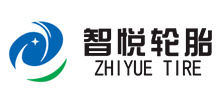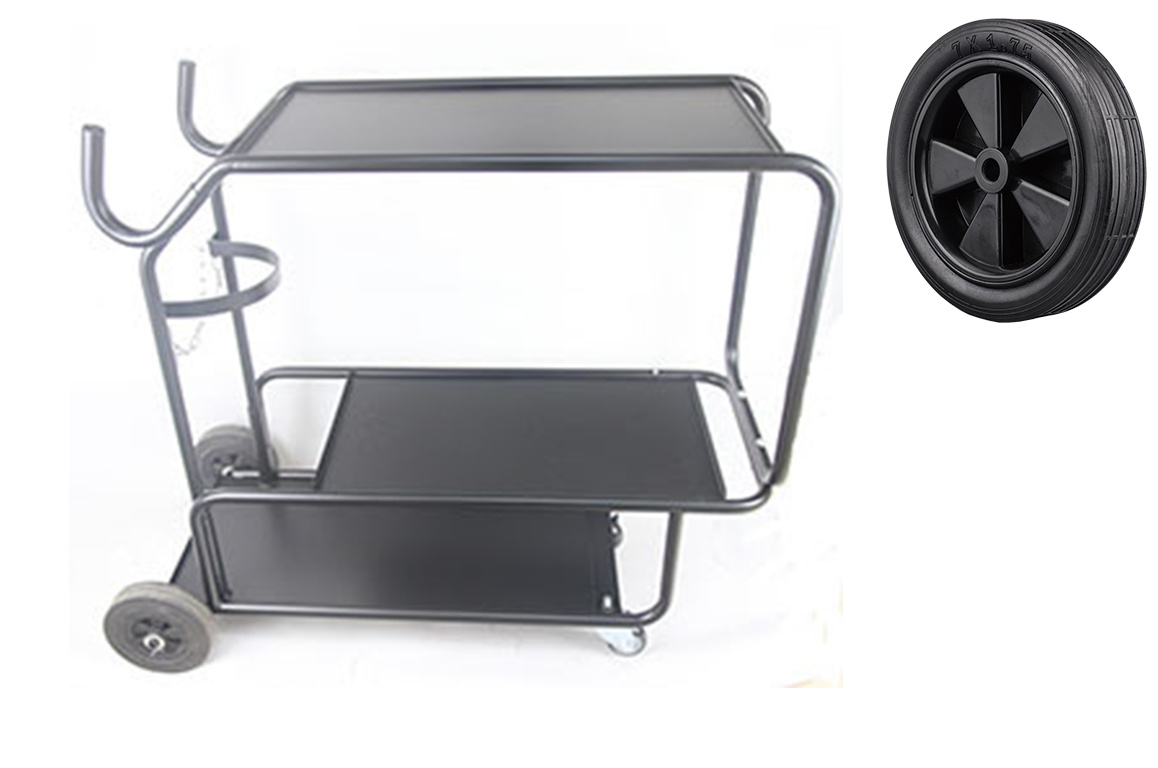News
The Ultimate Guide to Choosing the Right Solid Rubber Wheel 8x2.5
Release time:
2025-03-19 11:00
The Ultimate Guide to Choosing the Right Solid Rubber Wheel 8x2.5
Table of Contents
1. Introduction to Solid Rubber Wheels
2. Benefits of Using Solid Rubber Wheels
3. Key Features to Consider When Choosing 8x2.5 Wheels
4. Understanding Load Capacity and Weight Ratings
5. Material Selection: Why Rubber Matters
6. Tread Patterns: Choosing the Right Grip
7. Common Applica
The Ultimate Guide to Choosing the Right Solid Rubber Wheel 8x2.5
Table of Contents
- 1. Introduction to Solid Rubber Wheels
- 2. Benefits of Using Solid Rubber Wheels
- 3. Key Features to Consider When Choosing 8x2.5 Wheels
- 4. Understanding Load Capacity and Weight Ratings
- 5. Material Selection: Why Rubber Matters
- 6. Tread Patterns: Choosing the Right Grip
- 7. Common Applications for 8x2.5 Solid Rubber Wheels
- 8. Maintenance Tips for Longevity
- 9. Frequently Asked Questions
- 10. Conclusion
1. Introduction to Solid Rubber Wheels
Solid rubber wheels, particularly those measuring 8 inches by 2.5 inches, are an essential component in various industries and applications. Their versatility and reliability make them a popular choice for equipment ranging from handcarts to industrial machinery. In this guide, we will explore everything you need to know to select the right solid rubber wheel for your needs.
2. Benefits of Using Solid Rubber Wheels
Solid rubber wheels are known for their numerous advantages, which include:
Durability
Solid rubber wheels are built to withstand heavy loads and rough surfaces, ensuring they last for a long time without compromising performance.
Low Maintenance
Unlike pneumatic tires, solid rubber wheels do not require inflation or regular pressure checks, significantly reducing maintenance efforts.
Versatile Applications
These wheels are suitable for a range of environments, including indoor, outdoor, and industrial settings, making them a go-to choice for manufacturers and consumers alike.
Stability and Safety
Solid rubber wheels provide excellent grip and stability, reducing the risk of slipping, which is crucial in high-traffic areas.
3. Key Features to Consider When Choosing 8x2.5 Wheels
When selecting an 8x2.5 solid rubber wheel, it is vital to consider the following features:
Load Capacity
Understanding the load capacity is crucial. Each wheel will have a specific weight rating, which should match or exceed the weight of the load you plan to carry.
Wheel Diameter and Width
The 8x2.5 measurements indicate a diameter of 8 inches and a width of 2.5 inches. These dimensions affect maneuverability and load distribution.
Hub Type
The hub type can vary; you will find options like plain bore, ball bearing, or roller bearing hubs. Selecting the correct hub type is essential for ensuring compatibility with your equipment.
Environment Suitability
Consider where the wheels will be used. For indoor or outdoor use, ensure the wheels are designed to handle the environmental conditions, such as moisture and temperature fluctuations.
4. Understanding Load Capacity and Weight Ratings
Load capacity is a crucial factor in wheel selection. A wheel's weight rating is determined by its construction and design.
Calculating Required Load Capacity
To calculate the required load capacity, consider the total weight of the cart or equipment and any additional loads it may carry. Always aim for a wheel that can handle at least 20% more than your calculated weight to ensure safety and longevity.
Common Load Ratings for 8x2.5 Wheels
Typically, 8x2.5 solid rubber wheels can support a load ranging from 200 to 600 pounds, depending on the construction and materials used. Always consult the manufacturer's specifications for precise ratings.
5. Material Selection: Why Rubber Matters
The composition of the rubber used in solid rubber wheels significantly affects their performance.
Types of Rubber
There are several types of rubber used in solid wheels, including natural rubber, synthetic rubber, and blends. Each type offers distinct advantages in terms of durability, traction, and environmental resistance.
Environmental Considerations
If your application involves exposure to oils, chemicals, or extreme temperatures, ensure that the rubber selected is compatible with those conditions to prevent degradation.
6. Tread Patterns: Choosing the Right Grip
Tread patterns play a vital role in how the wheel performs on different surfaces.
Types of Tread Patterns
- **Smooth Tread**: Ideal for indoor use on smooth surfaces, providing minimal rolling resistance.
- **Knobby Tread**: Offers better grip on rough outdoor surfaces, reducing the chance of slipping.
- **Flat Tread**: Best for distributing weight evenly and providing stability under heavy loads.
Importance of Tread Pattern Selection
Choosing the correct tread pattern based on your application can enhance performance and safety. Consider where and how the wheels will be used to make an informed choice.
7. Common Applications for 8x2.5 Solid Rubber Wheels
Solid rubber wheels are versatile and find applications across various sectors, including:
Material Handling Carts
Many warehouses and factories use 8x2.5 solid rubber wheels on carts to transport goods efficiently.
Medical Equipment
Hospital carts and medical equipment often rely on solid rubber wheels for quiet, smooth operation in sensitive environments.
Outdoor Equipment
Garden carts, lawn mowers, and other outdoor machinery benefit from the durability and grip of solid rubber wheels.
Industrial Machinery
In industrial settings, these wheels provide stability and reliability for heavy machinery and tools.
8. Maintenance Tips for Longevity
Proper maintenance can extend the life of your solid rubber wheels significantly.
Regular Inspections
Periodically examine the wheels for signs of wear, cracks, or damage. Early detection can prevent further issues.
Cleaning
Keep the wheels clean from debris and buildup, which can affect performance. Use a damp cloth and mild detergent for regular cleaning.
Storage
When not in use, store the wheels in a cool, dry place away from direct sunlight to prevent degradation of the rubber.
9. Frequently Asked Questions
1. What is the difference between solid rubber wheels and pneumatic tires?
Solid rubber wheels do not require inflation and are less prone to punctures, making them more durable in certain applications compared to pneumatic tires.
2. How do I determine the right load capacity for my needs?
Calculate the total weight of the items being transported and choose wheels that can handle at least 20% more than that weight.
3. Are solid rubber wheels suitable for outdoor use?
Yes, solid rubber wheels are versatile and can be used for various outdoor applications, but ensure they are designed for the specific environmental conditions.
4. Can I use solid rubber wheels on uneven surfaces?
While solid rubber wheels offer better stability than some other types, extreme uneven surfaces may still present challenges. Choose appropriate tread patterns for best performance.
5. How often should I replace my solid rubber wheels?
Replacement frequency depends on usage and wear. Regular inspections will help you determine when it is time to replace the wheels.
10. Conclusion
Choosing the right solid rubber wheel 8x2.5 involves understanding various factors such as load capacity, material selection, tread patterns, and specific applications. By considering these elements, you can ensure optimal performance and longevity of your wheels. Solid rubber wheels are a dependable option for anyone needing a durable and low-maintenance solution in diverse environments. With the right information and care, you can make an informed choice that meets your needs effectively.
solid rubber wheel 8x2.5



